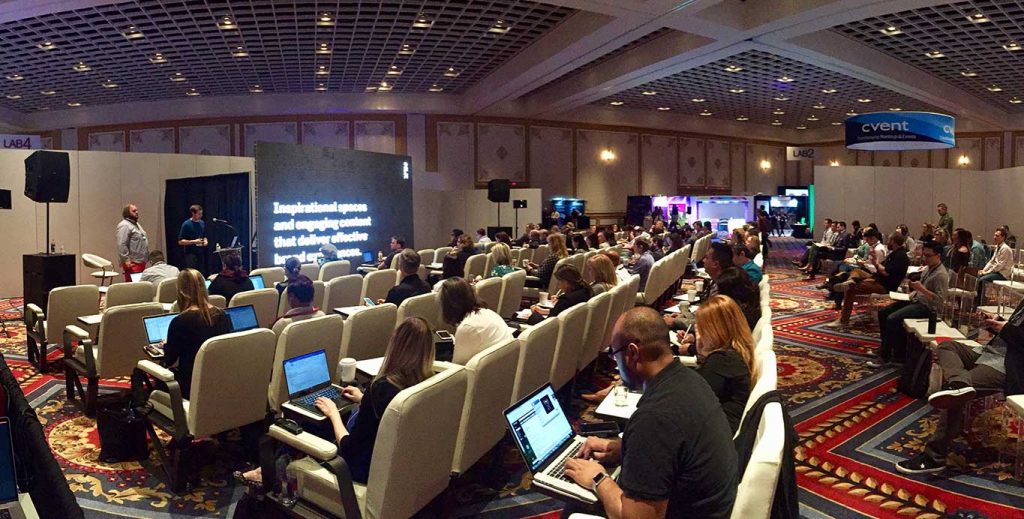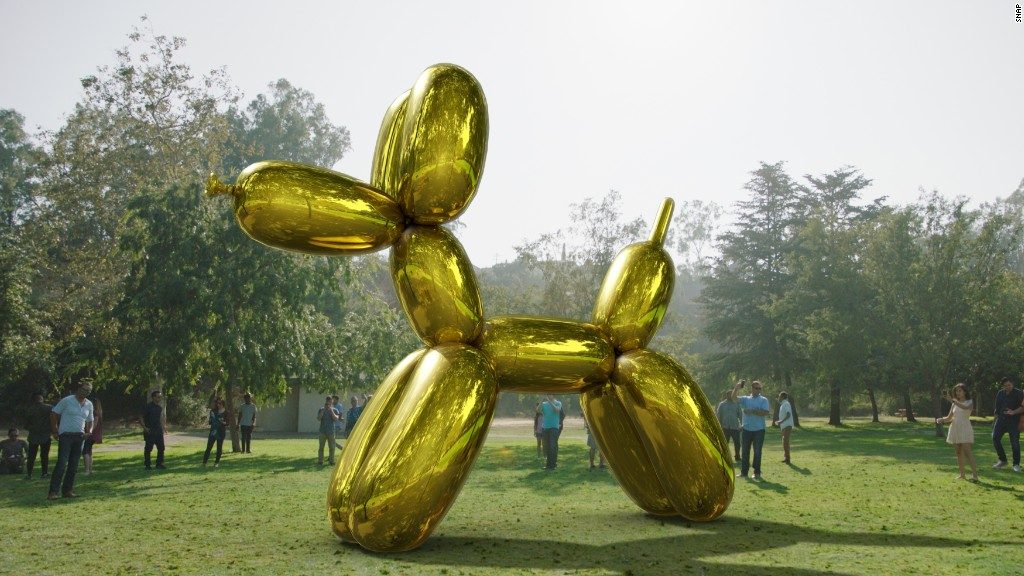Start with the story. Strive for simplicity.
As physical and digital worlds continue to merge ever closer, it’s an understatement to say that event and exhibition experience design has changed dramatically over the last decade. Most next generation technologies are typically launched at live events in all sectors, so it’s ironic that these same tech breakthroughs are all too often poorly executed at those events.
There seems to be an insatiable appetite to weave technology into the visitor experience, yet a pretty common disregard for the role and importance of quality content. Having recently spent three busy days as both a presenter and delegate at Event Marketer’s annual EVENTtech, I’m more aware of this than ever before. With over a hundred carefully curated speakership sessions running across five labs, I’ve left Las Vegas feeling rather sad about the state of the industry.

For me, the only highlights from EVENTtech were projects and installations that started with a story and kept the ideas simple. Audible’s execution at Comicon 2017 allowed gamification to bring people together and built a community around the brand. A simple idea, a seamless execution and great results. The idea clearly came first and then the best, most-appropriate technology was ‘prescribed’ to suit.
Ford’s mixed reality installation at Detroit Motor Show 2017 is another great example of well-prescribed technology. The challenge of communicating the invisible benefits of future autonomous driving technology to thousands of show attendees requires an incredible mix of cutting-edge hardware and software. Ford’s ambitious and multi-layered technology response allows powerful content to be instantly understandable, delivered as a highly engaging and remarkably simple visitor experience.
It was my privilege to share the EVENTtech stage twice with Jim Bull, co-founder and CCO of Moving Brands, to discuss the future of digital content creation in the live event space. Hardware evolution is rapidly transforming how people consume content, but designers can be slow in keeping up with new ways to create the content itself. How will AI tools influence the creative process? How will we adapt to a world of pixels no longer confined to two-dimensional rectangular frames? How far-reaching will mixed reality become in reimagining and personalising the world around us? Take in some of Jim’s fascinating opinions on this subject with his recent article ‘Automating the future of design’ for Forbes.
Jeff Koons is widely known for reimagining everyday objects into his iconic works of art. His recent collaboration with Snapchat has seen innovative ‘digital installations’ scattered across the world for everyone to experience. The potential impact of rich ‘virtual experiences’ that allow deeply personalised content to shape the world around us could be both liberating and highly disruptive to the world of live events.

Being attracted to the newest, shiniest piece of tech kit is all well and good, but in the world of event and exhibition experiences, rule number one should always be that technology is the means to the end, not the end itself. If the story is good and the technology comes in support of the idea, I think we’ll be OK. It’s an exciting time.